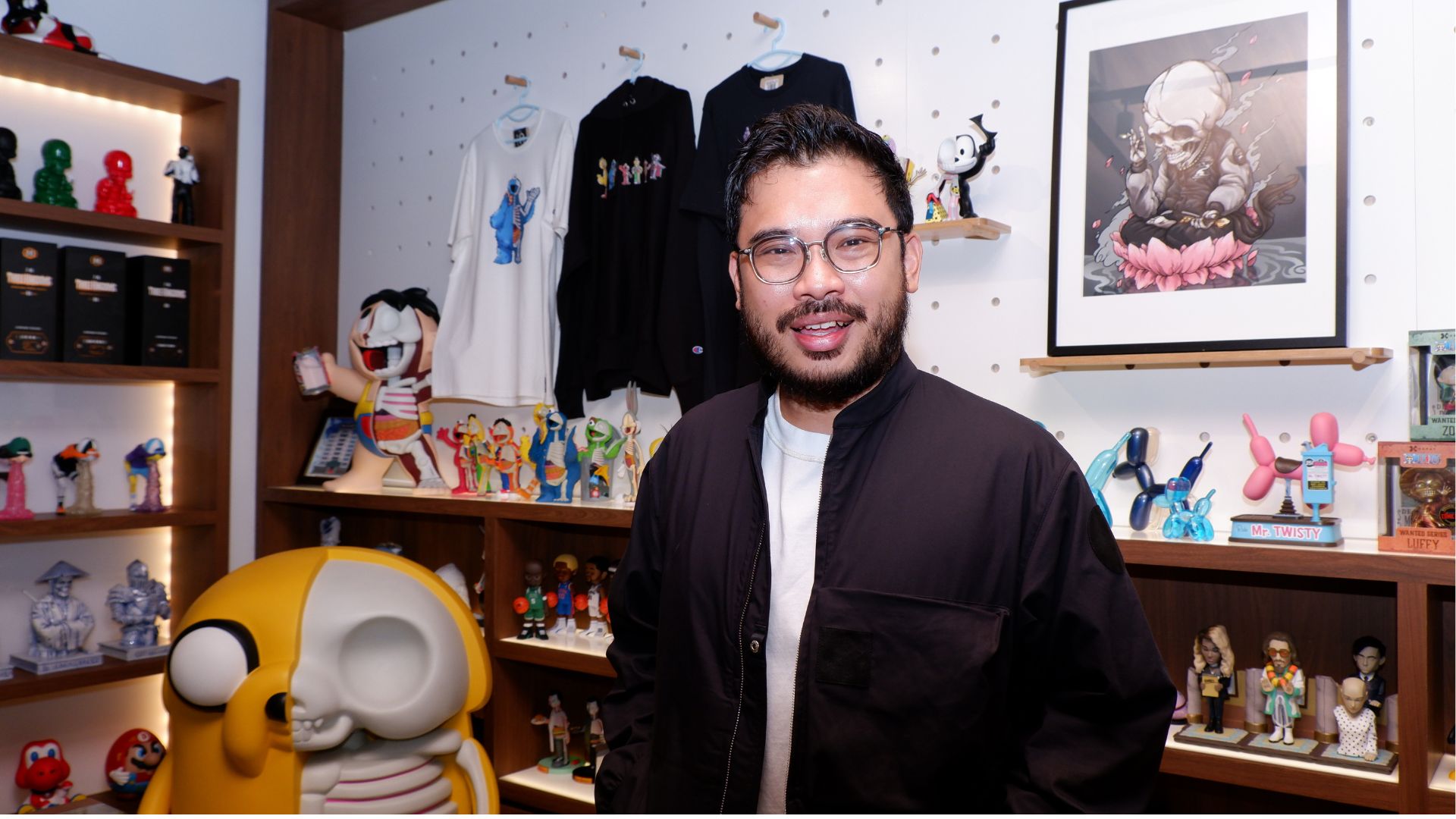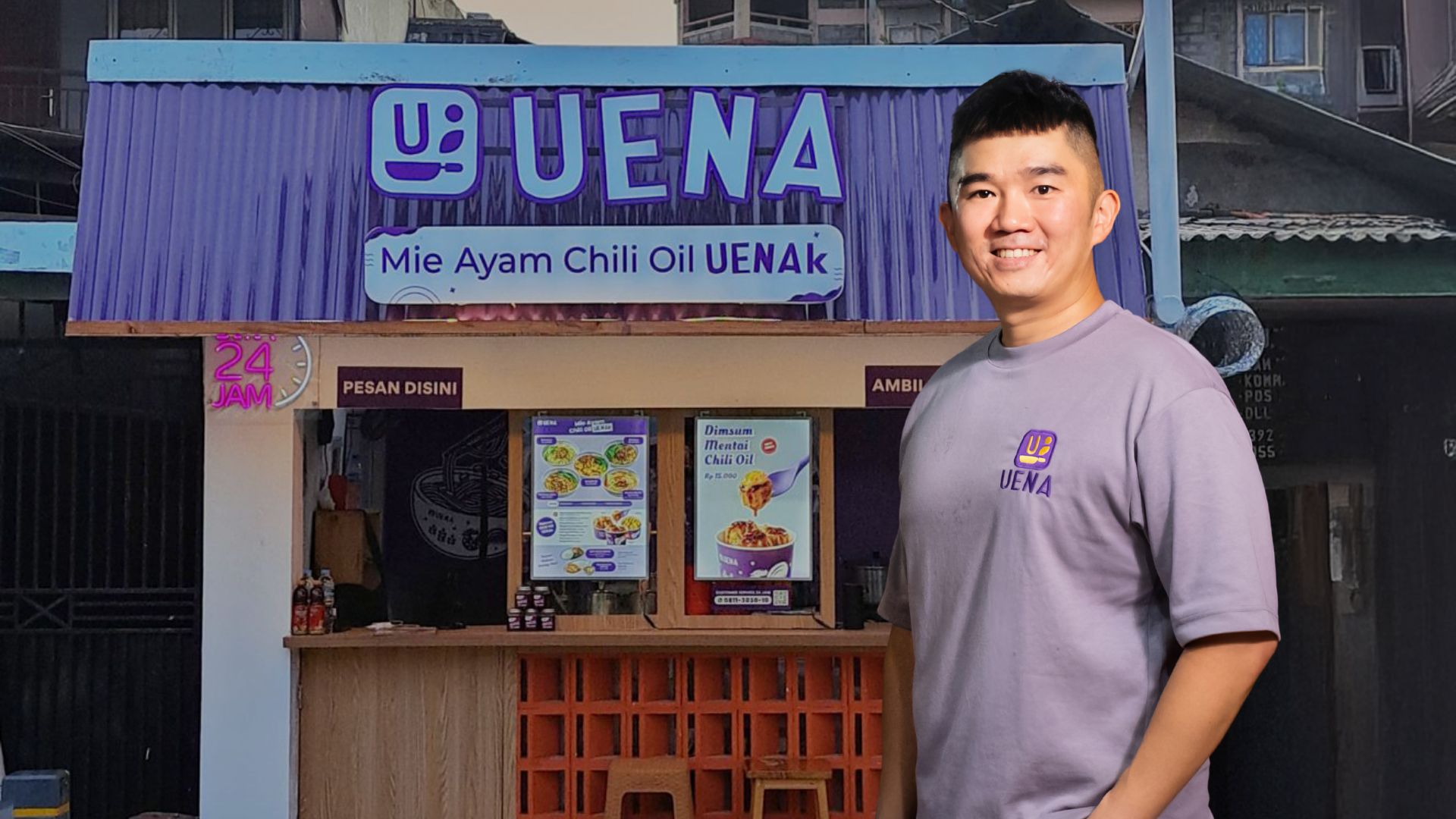In 2021, the value of Indonesia’s digital economy has reached USD 63 billion and continues to grow and is expected to reach USD 360 billion in 2030. How do startups play an important role as a catalyst for digital economic growth?
Startups are synonymous with innovation. I think this spirit of innovation can create a solution that adds value to the economy as a whole. During the COVID-19 pandemic, there were a lot of startups or normal businesses that experienced a decline. But we should thank technology for helping startups become part of the trend.
The global economy is facing a multidimensional crisis or perfect storm due to the global recession, energy crisis, and geopolitical tensions. What strategies did Xurya prepare to deal with this condition?
Because we are in the energy business, we actually think that crisis is an opportunity. On one hand, rising electricity prices are not good for the economy, but this actually shows that energy prices are very dependent on geopolitical risks. We hope this is a wake up call to country leaders. We feel that so far the demand for us has increased quite a bit due to this crisis. Because consumers are also worried about whether the price of electricity is sustainable or not.
In the midst of rapidly growing digitalization, digital and physical infrastructure is still not evenly distributed in Indonesia. How does Xurya take advantage of this opportunity to encourage digital equity and digital economic growth in Indonesia’s tier 2 and 3 regions?
In Xurya, energy is our business core. We are engaged in the field of commercial and solar through installation of solar panels on rooftops of factories and malls. When compared to solar power plants (PLTS), the difference was in the number of locations that we had to install for the same impact. If done manually, it will consume a lot of resources. So we have the technology to monitor production and electricity consumption. The technician will be sent to the location only when there is a repair.
One of the key businesses that we offer in terms of technology is IoT systems, sensors, etc, to optimize production. Currently, we have covered the islands of Java, Medan, Makassar, Palembang, and Bali. So the range of services we offer is in accordance with the current conditions of internet coverage. As long as the area has internet coverage, we can serve it.
Startups bring technological innovations that have a real impact on the digital economy, and collaboration is important in it. What kind and how does Xurya collaborate to grow a sustainable digital ecosystem?
We partner with construction contractors and solar panel inverter suppliers. To be honest, most inverters and solar panels come from abroad because Indonesian industry is not sufficient. However, for the digital economy ecosystem, several large contractors can carry out construction, while relatively few small contractors.
What we do is use technology for upskilling. We are training these partners about solar panels and construction and monitoring through mobile phone application. The application will assist contractors in carrying out construction according to standards. So far we have received a positive response because it not only helps contractors to monitor quality but also helps them in education.
Resilience depends on the ability to adapt in the midst of various conditions, even when disruption occurs. What are the business models and digital talent needed to continue to unlock new digital economy potential?
Flexibility to find out what actually works or not. We have made several innovations to meet consumer needs, such as long-term contract agreements in return for customer deposits. But innovation certainly poses different challenges. Then the solution we offer is to seek funding. This is one of the origins of resilience, which is our core business.
But along the way, we changed a lot to accommodate the circumstances. Innovative business model design is one of the secrets of resiliency. Let’s hope we can continue to be relevant in the future.
The agenda for inclusive digital economic growth is also marked by alignment with SDGs through the application of ESG, how is it implemented in Xurya and what are the challenges faced?
When it comes to ESG, every time we get a customer, it can reduce the carbon dioxide impact of that customer. So of course the most important thing in our business is the environment.
Indonesia is one of the worst atmospheric polluters in terms of intensity. The global effect for each electricity used produces carbon dioxide of 0.7 kg per kWh. Indonesia produces 0.935 kg per kWh because 80% of our electricity comes from coal. It is 20-30% more than the global average. If for example we want to build an electric car,in the end the electricity will also come from coal.
For instance, to encourage sustainability through the sale of electric cars, we must use clean electricity. If we as a company want to sell clean electricity, we have to start from our internal. Beyond collaboration, one of our 5 core values is that we must protect the environment.We start from doing small things such as battery recycling, using refillable drinking water bottles, and using lights and air conditioners sparingly. We feel that if we want to try to make an impact on that side, we also have to make an impact on ourselves first.
Xurya’s presence is to expand the range of implementation and utilization of PLTS. How has it progressed so far? What are the challenges faced?
Indonesia is classified as very late in the clean electricity system. The total number of solar panels installed in Indonesia has only reached 250 megawatts. that have been installed. As an equatorial country we are left behind compared to neighboring countries. Singapore is already 1 Giga megawatt, Thailand 5,000 megawatts, the Philippines 3,000 megawatts, and Vietnam 18,000 megawatts. From an economic power, I think we are not much different from neighboring countries, but in terms of the government’s will.
What we want to change is the way that the government can significantly affect the climate. However, due to the government’s lack of transparency, we eventually turned commercial and gained more customers. Therefore, these customers assist us in increasing the reverberation. Hopefully, this will enable the government to concentrate even more on solar energy and the environment. Our current customers are more than 100 companies in 2022 covering Medan, Palembang, Lampung, Banten, Jakarta, West Java, Central Java, East Java, Makassar, and Bali. We also have 4 branch offices in Medan, Semarang, Surabaya and Jakarta and have worked on 118 projects. Hopefully, with this number of subscribers, we can give a bigger message to the community so that in the end people are interested.
The New Renewable Energy (EBT) mix is targeted to reach 23% by 2025. What is Xurya’s role in helping achieve the government’s target?
I think the progress is very slow. In the end, it will return to whether the regulations are supportive or not. We frequently hear that the government supports something, but this is not necessarily true in actual field practice. This might affect consumers’ reluctance to install their own solar panels. However, we make it clear that the government consists of many agencies with various authorities, starting from making regulations, implementing them, to executing them.
In our opinion, the government is highly supportive in the regulation-making department, but not yet for the agency that actually executes the regulations; that support is just coming from the execution agency. In my opinion, they must also establish the KPI set by the government, offer appropriate electricity, and pursue revenue at the same time that they are concerned that more people installing solar panels will lower their revenue. So the key is that we know our challenges, so we are trying to find a way to move in a field that can still support them with industry, so we are targeting clients in the industrial sector because one of the keys is that electricity usage is dominant during the day when housing is at night. Solar panels have a loss during the day, so in my opinion the use of electricity with more suitable production does not have too many implications for electricity execution agencies.
So one of the things we want to emphasize is how to encourage the commercialization of this industry. This ultimately becomes education for regulators that this is also their concern. The key is to help stabilize the system and provide advocacy to the government. and sometimes it’s hard for us to argue with words like this. We’d better argue through the results that we see. If it’s installed there’s no impact, it means it’s safe. It’s better for us to see from the proof rather than cross our tongues because it will never end.
Download the EV-DCI 2023 here.






